The Outdoor Writers Association of America, now in its 94th year, is one of the oldest professional communications organizations in North America. Each year, it recognizes top stories in a variety of media— including blogs—through its Excellence in Craft (EIC) Awards.
This year, stories by Cool Green Science staff writers and contributors won 10 EIC awards.
We are honored to once again be recognized by OWAA. We hope that you enjoy this selection of the winning entries, with stories on everything from cassowary excrement to native trout conservation, from mothing as a hobby to essays on our childhood love of campground critters and The Crocodile Hunter.
Top 10 List
-
Meet the Frogmouth, Australia’s Weirdest Bird
1st Place | Conservation & Nature
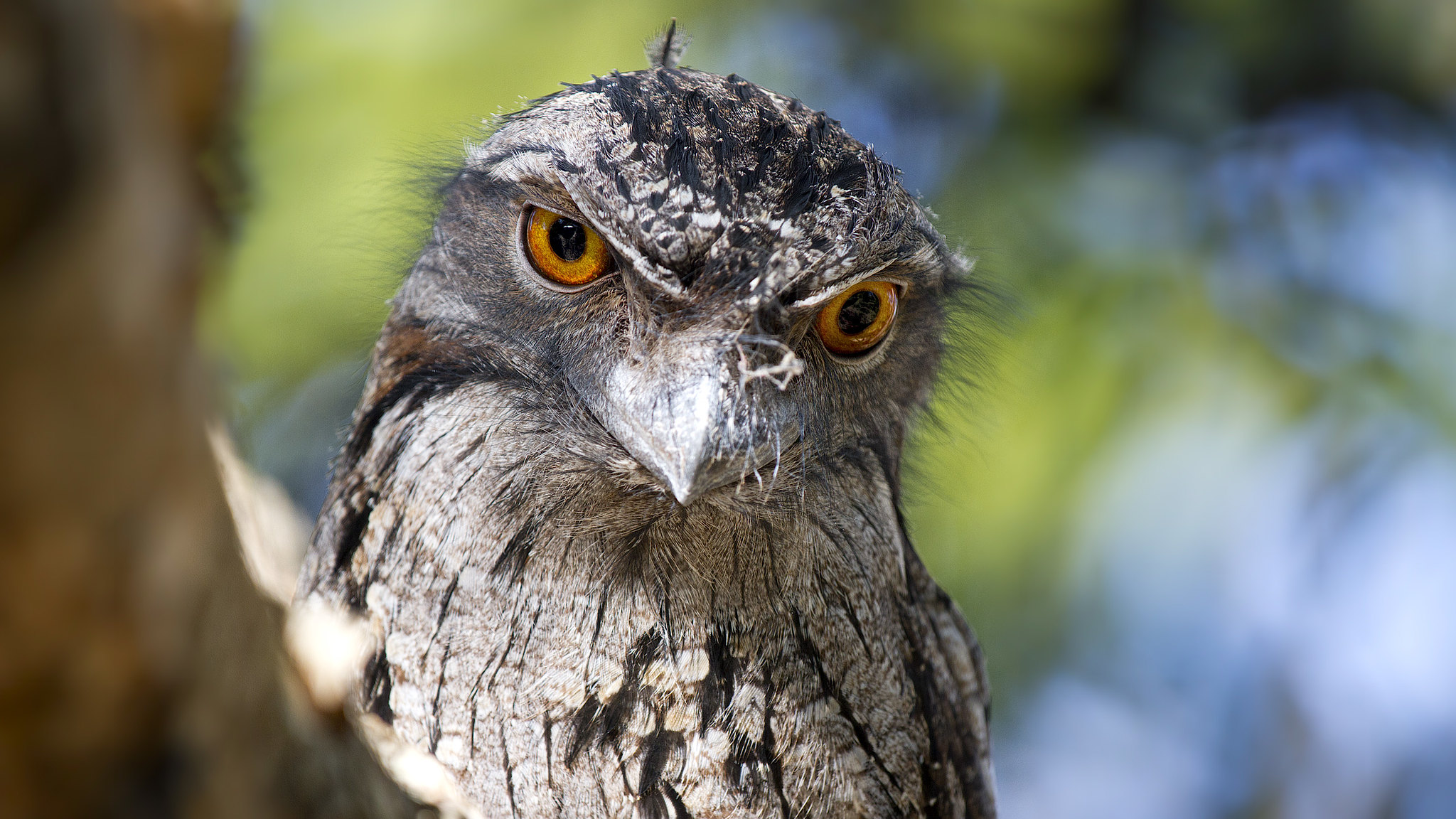
Beware the glare of the tawny frogmouth. Photo © Bill Collison / Flickr For those unfamiliar with the peculiarities of Australian avifauna, tawny frogmouths are quite possibly the country’s strangest-looking bird. And two of them happen to roost on Justine Hausheer’s porch railing.
Early each morning, before the waiting demands of work emails or COVID news, she would peek through the blinds to check on the frogmouths. Justine explains just why she loves frogmouths — their snooty posture, their baleful eyes — and how these two unexpected neighbors offered her a bit of much-needed comfort during Australia’s first COVID lockdowns.
-
Campground Critters: A Natural and Personal History
1st Place | Outdoor Fun & Adventure
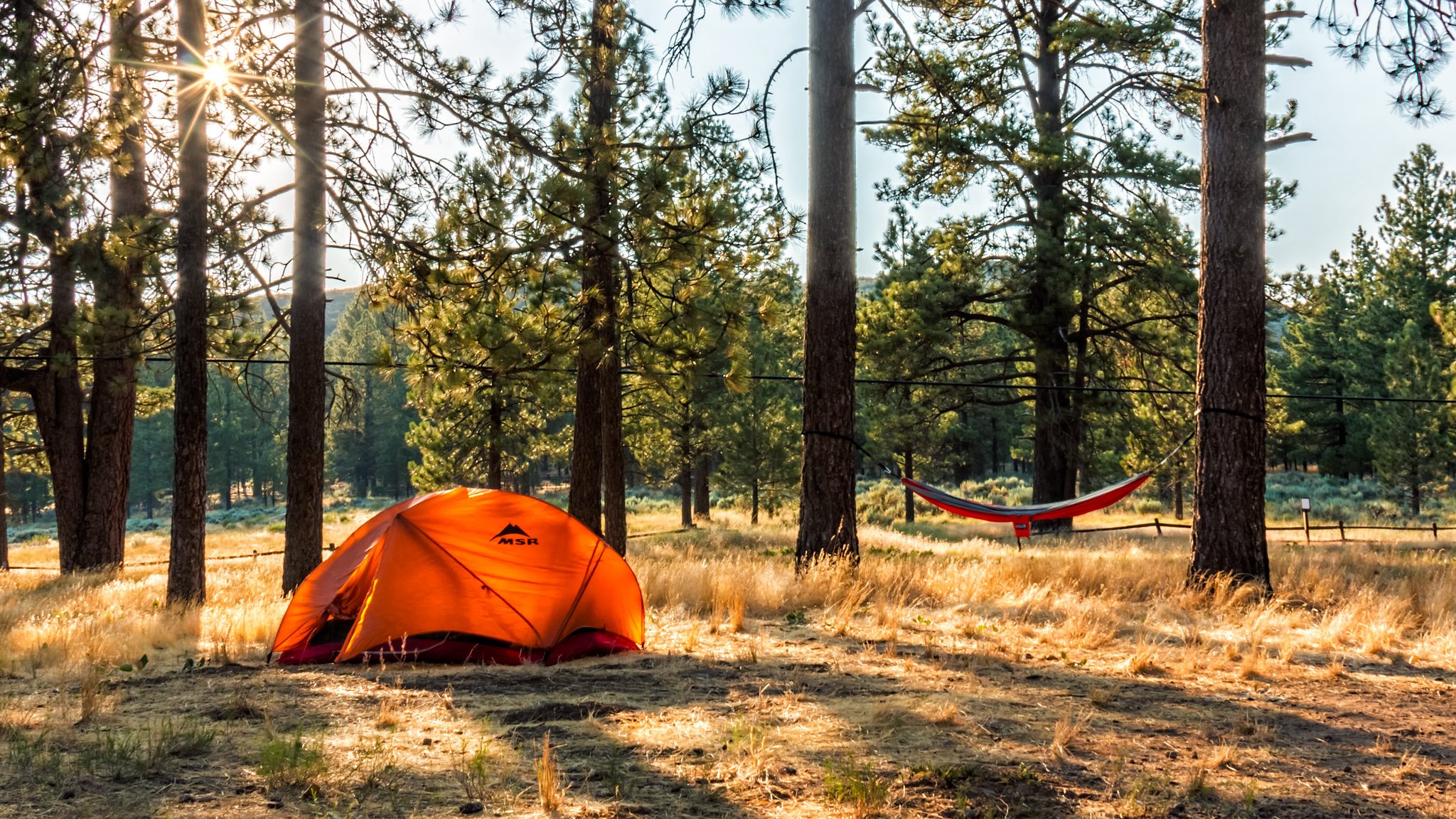
© Chad McDonald / Flickr For Matt Miller, it all started with porcupines in the outhouse. At scout camp, he’d sneak away from the tents and find a campground alive with creatures. He’d follow the deer tracks as they bypassed the tents, flip rocks in hopes of crayfish, and stake out porcupines, hoping to see one visiting the outhouse.
Matt’s obsession with these campground critters provided a welcome source of diversion and comfort as he endured bullying from his boy scout peers. And it helped cultivate keen observational skills that taught Matt how to find wildlife wherever he looked. Even in a campground.
-
Dead Drift: Adding Salmon Carcasses to Streams
1st Place | Fishing
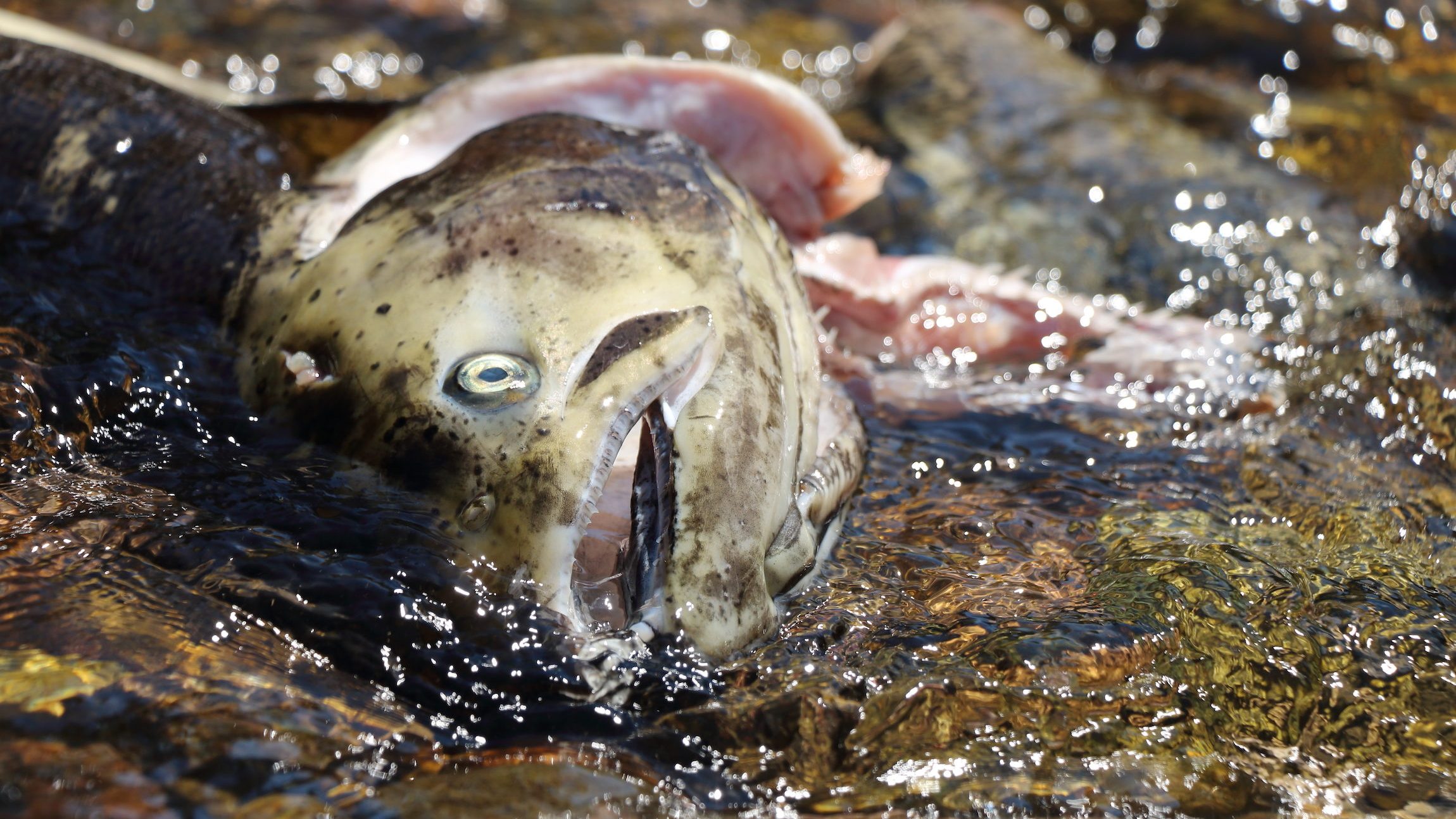
Chinook salmon carcasses feed an entire ecosystem. © Kris Millgate/tightlinemedia.com When Chinook salmon returned by the thousands a century ago, their salty, ocean-grown carcasses naturally added nitrogen and other needed elements to landlocked freshwater forests. Now, only a few dozen fish make it this far.
Lytle Denny is trying to make up for the loss by putting dead hatchery fish in the river. Yes, dead fish. Writer Kris Millgate explains how Denny is using the carcasses of hatchery fish to improve the food web throughout the known spawning areas of Chinook salmon in the Yankee Fork.
-
Cassowary Quest: A Tale of Danger and Defecation
1st Place | Humor
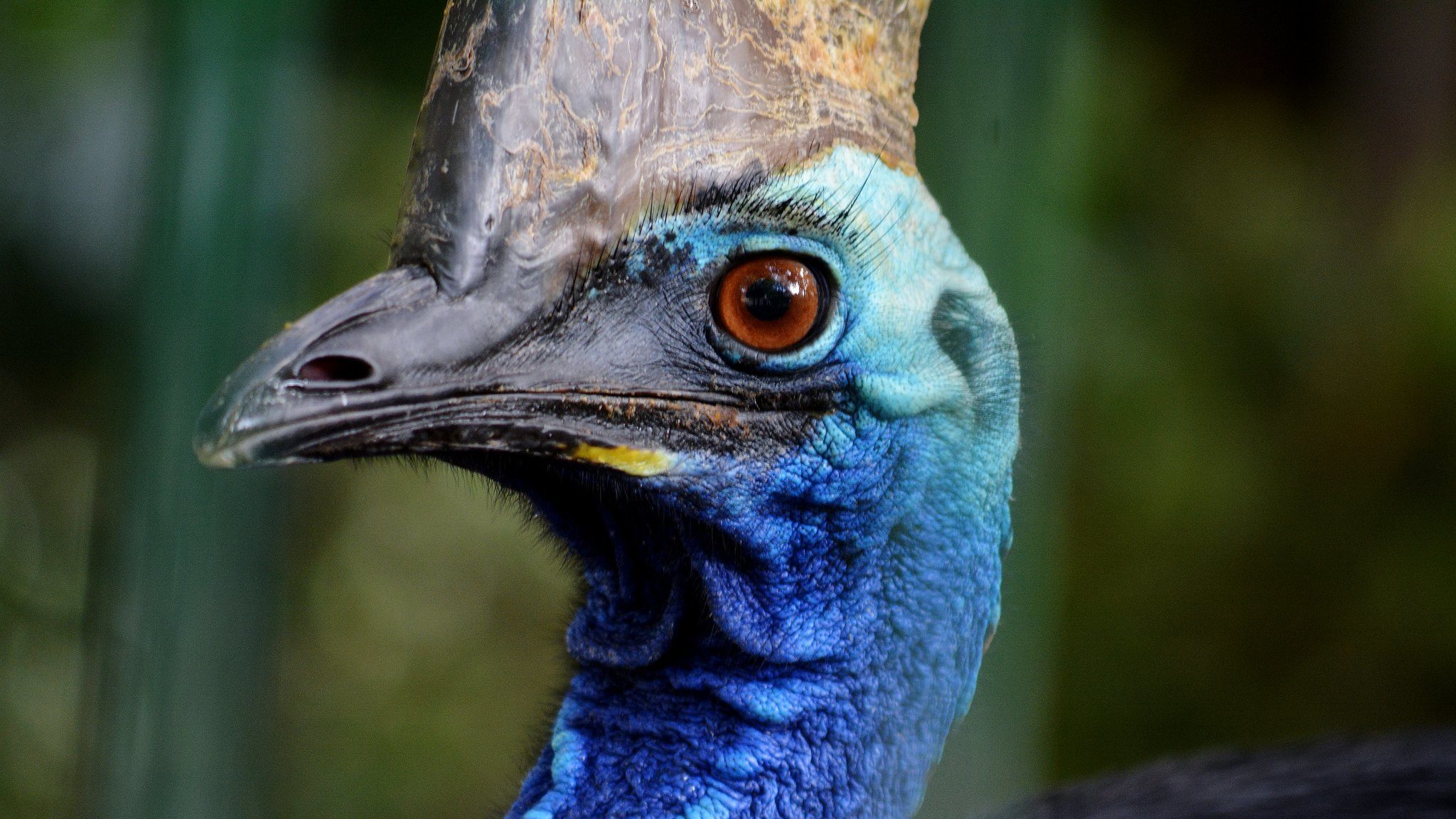
Cassowary close-up. © Laurie Boyle / Flickr CGS writer Justine Hausheer got excited when she saw the first pile of cassowary poop. Smack in the middle of the trail, so fresh it was still glistening, it looked more like a mound of fruit-salad vomit than excrement.
Cassowaries are incredible birds, famed for their size, bizarre looks, and claws that can maim with a single kick. They’re also incredibly important to the rainforest ecosystems where they live. And that’s where the poop comes in. Follow Justine as she searches for her first sighting of the elusive cassowary and learns just why their poop is so important to the rainforest ecosystem.
-
Tips for a Fun Nature Scavenger Hunt
1st Place | Family Participation
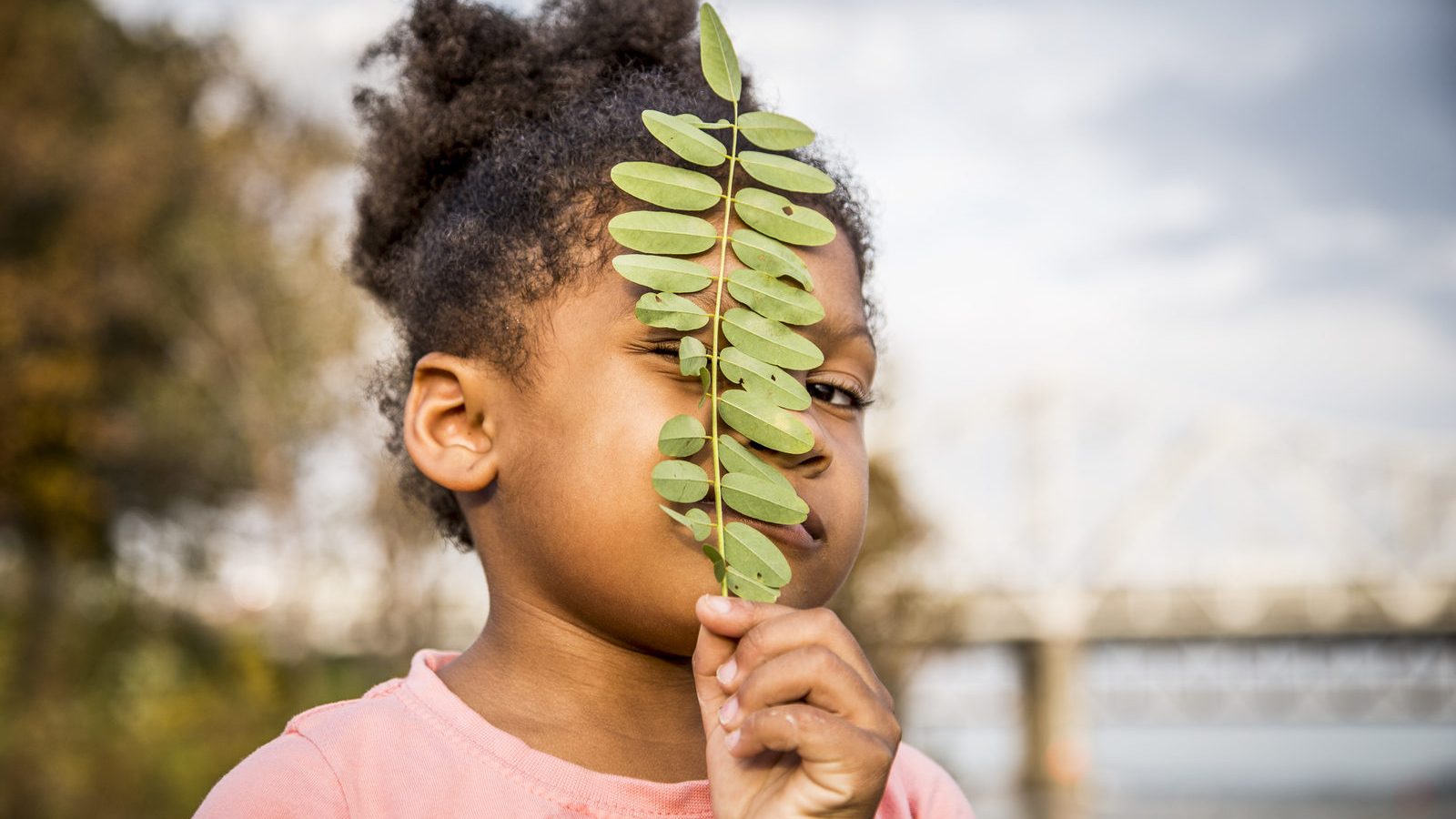
A young girl looking through leaves at Louisville Waterfront Park in Louisville, Kentucky. Photo © Devan King/TNC Matt Miller’s son stopped in the brush and pointed excitedly. “Horned lizard,” he called out. “That’s a horned lizard!” The lizard was perfectly camouflaged on the sandy soil, but we could still see it well.
As any birder or hunter knows, when you look with a purpose, you see a lot more. That’s why Matt and his son were on a nature scavenger hunt.It is a fun activity for kids, but it also teaches them how to observe nature. Here, Matt shares his tips for embarking on a nature scavenger hunt with your kids.
-
50 Fish, 50 States: Cutthroat Connections
2nd Place | Fishing
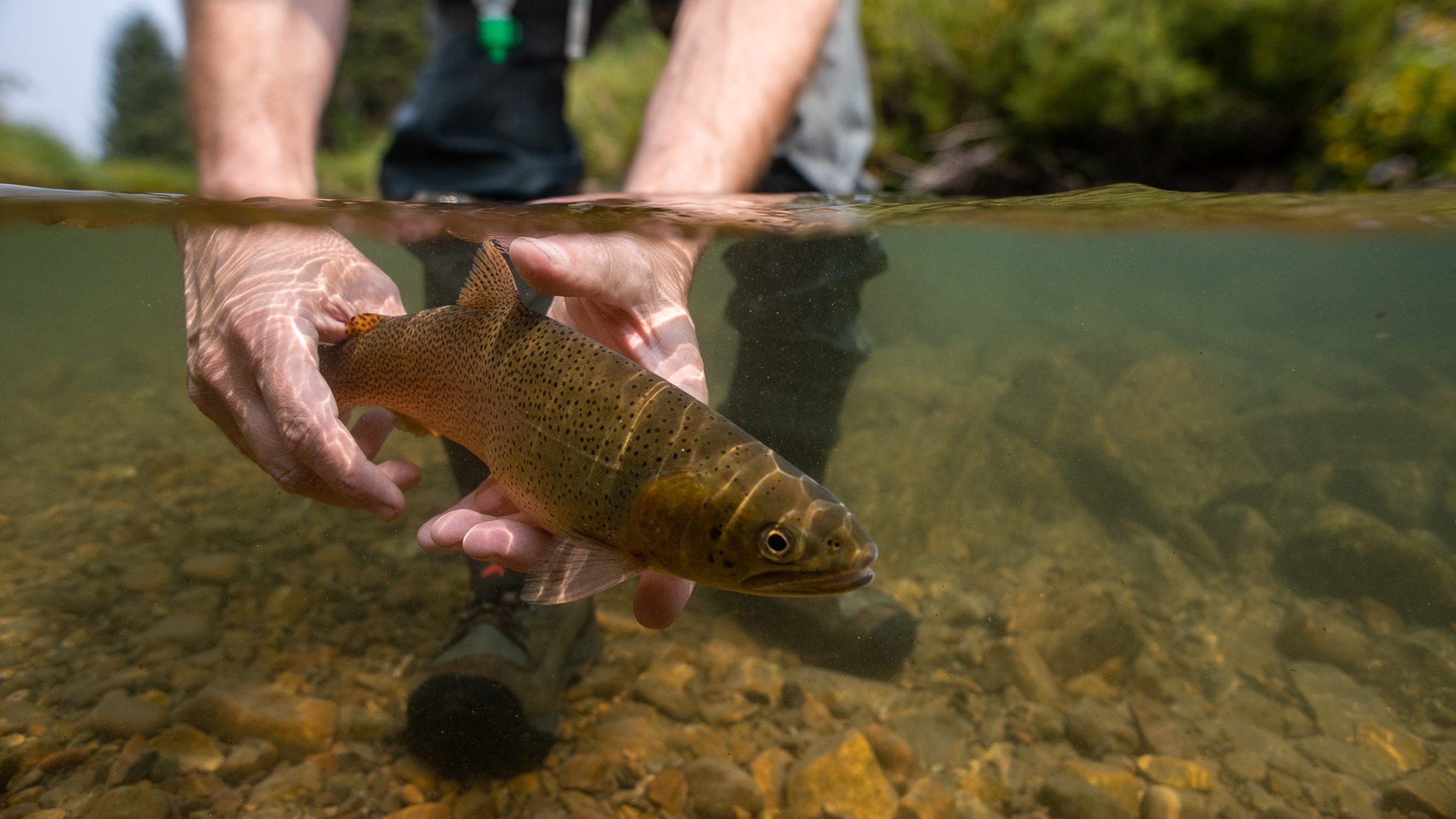
© Josh Duplechian / Trout Unlimited Cutthroat trout, native trout of the western United States, face a perilous future of invasive species, disconnected rivers and climate change. The trout need connected waters to remain resilient in the face of these threats.
In this feature, Matt Miller visits the Tri-Basin region of Wyoming, where 3 cutthroat subspecies still swim. With fly rod in hand, he explores the headwaters of three major rivers looking for native trout and possibilities. In the process, he traces the connections that make native fish conservation possible – and that sustain anglers interested in healthy rivers and biodiversity.
-
The Crocodile Hunter Was My Childhood Hero
2nd Place | Family Participation
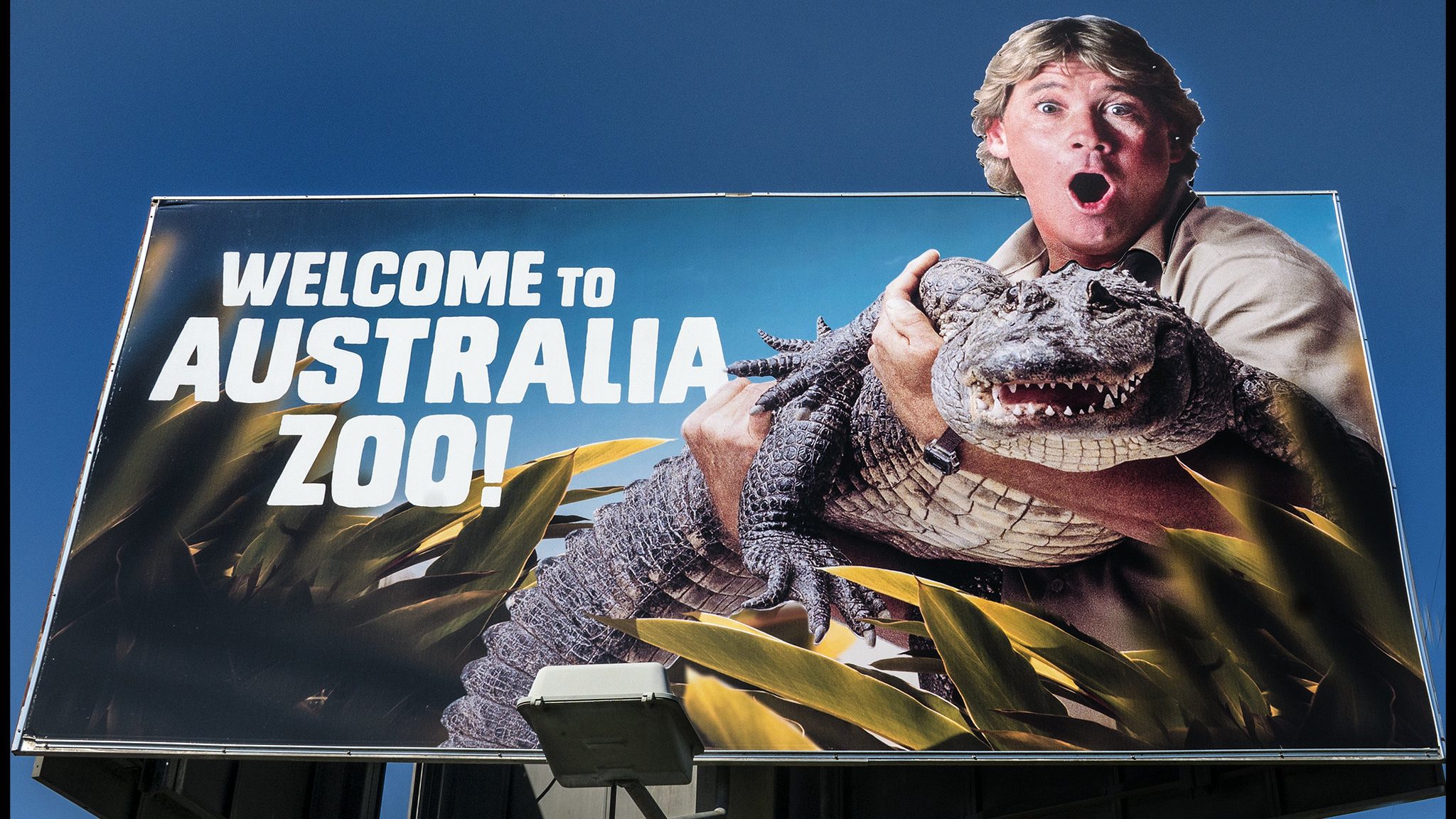
A sign for Australia Zoo. © John / Flickr All conservationists have an origin story. A moment, a place, or an experience in our lives that laid down biophilia into our bones. For many, it’s that archetypal neighborhood wood lot, a forest playground where we built forts, searched for salamanders, and watched fireflies in the dark summer nights. For Justine Hausheer, it was Steve Irwin.
While he may be a controversial figure for some in the conservation world, Irwin taught millions of children that wildlife — even the ugly, slimy, and scaly — should be loved. Justine explains how Irwin helped to encourage her to embrace nature with enthusiasm, curiosity, and compassion.
-
The Weasel on the Toilet & Other Weird Species Discoveries
2nd Place | Humor

Photo © Juan Manuel de Roux / iNaturalist Sometimes, new species are found after years of dedicated fieldwork. Others are found in some dusty and forgotten museum drawer. And some are hiding in plain sight, found only with the help of genetic analysis. But sometimes, you find a new species perched on your toilet.
Here are our favorite stories about species discovered (or rediscovered) in weird and wonderful circumstances: the weasel on the toilet, the skink in the snake stomach, the dog who fetched dead ferrets, the tree rat on the handrail, and the tardigrade in the parking lot.
-
Bald Eagles and the Unfortunate Power of Forgetting
3rd Place | Conservation & Nature
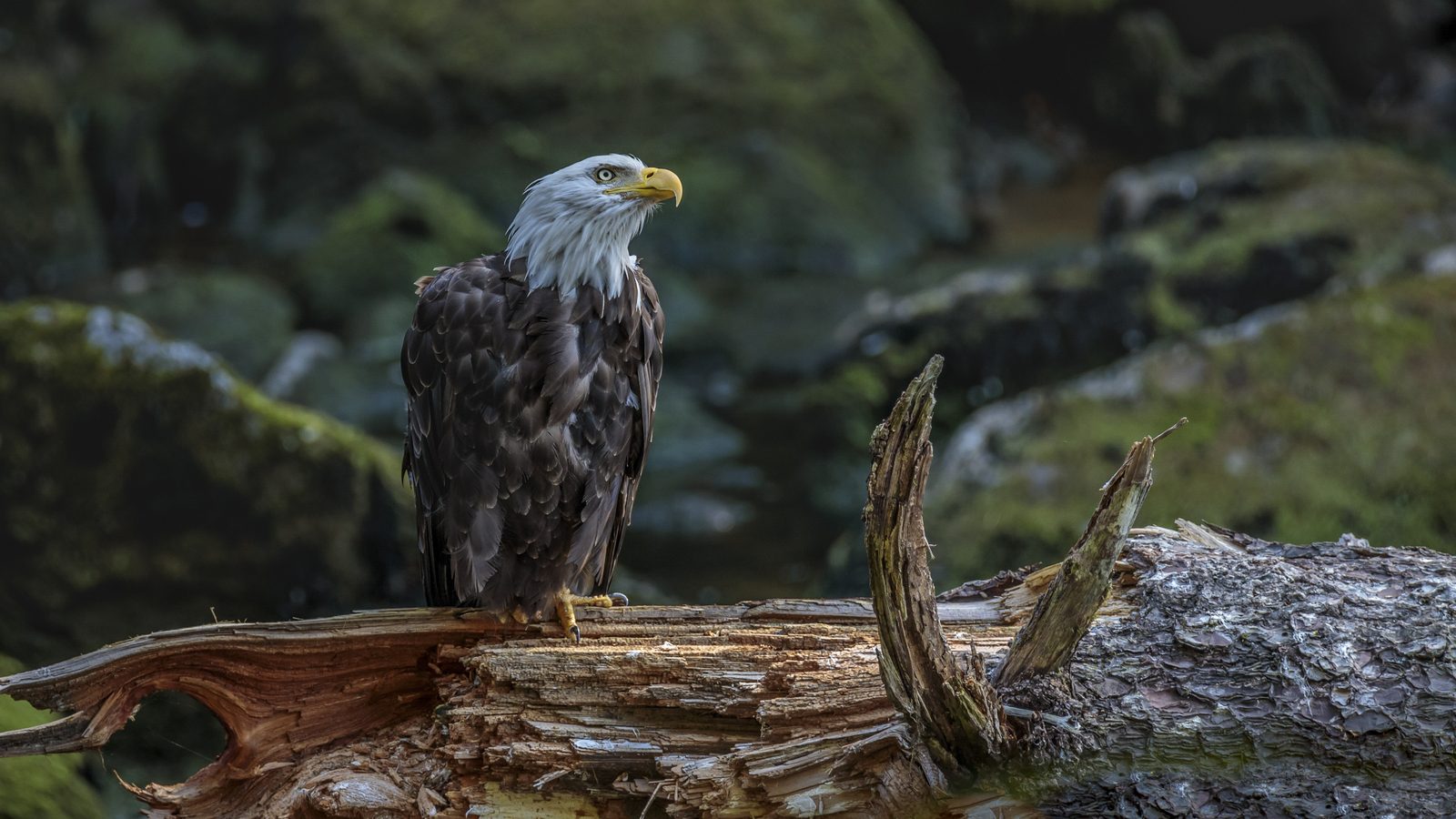
Photo © Andrew Hunter /TNC Photo Contest 2019 Everywhere Matt Miller goes, he sees bald eagles. Resting along a Pennsylvania trout stream. Hovering over Iowa pig farms and semi-frozen Wisconsin wetlands. Along the river path near his Idaho home. The recovery of bald eagles is one of the most incredible conservation success stories ever told, but it appears we’ve forgotten. (Or more likely: taken it for granted.)
Local protection efforts, conservation communications, activism federal action… they all made a difference. There isn’t one single solution to any conservation issue. And the success story of bald eagles can still provide a map to dealing with our biggest crises.
-
Field Guide to Finding Cool Moths
3rd Place | Family Participation
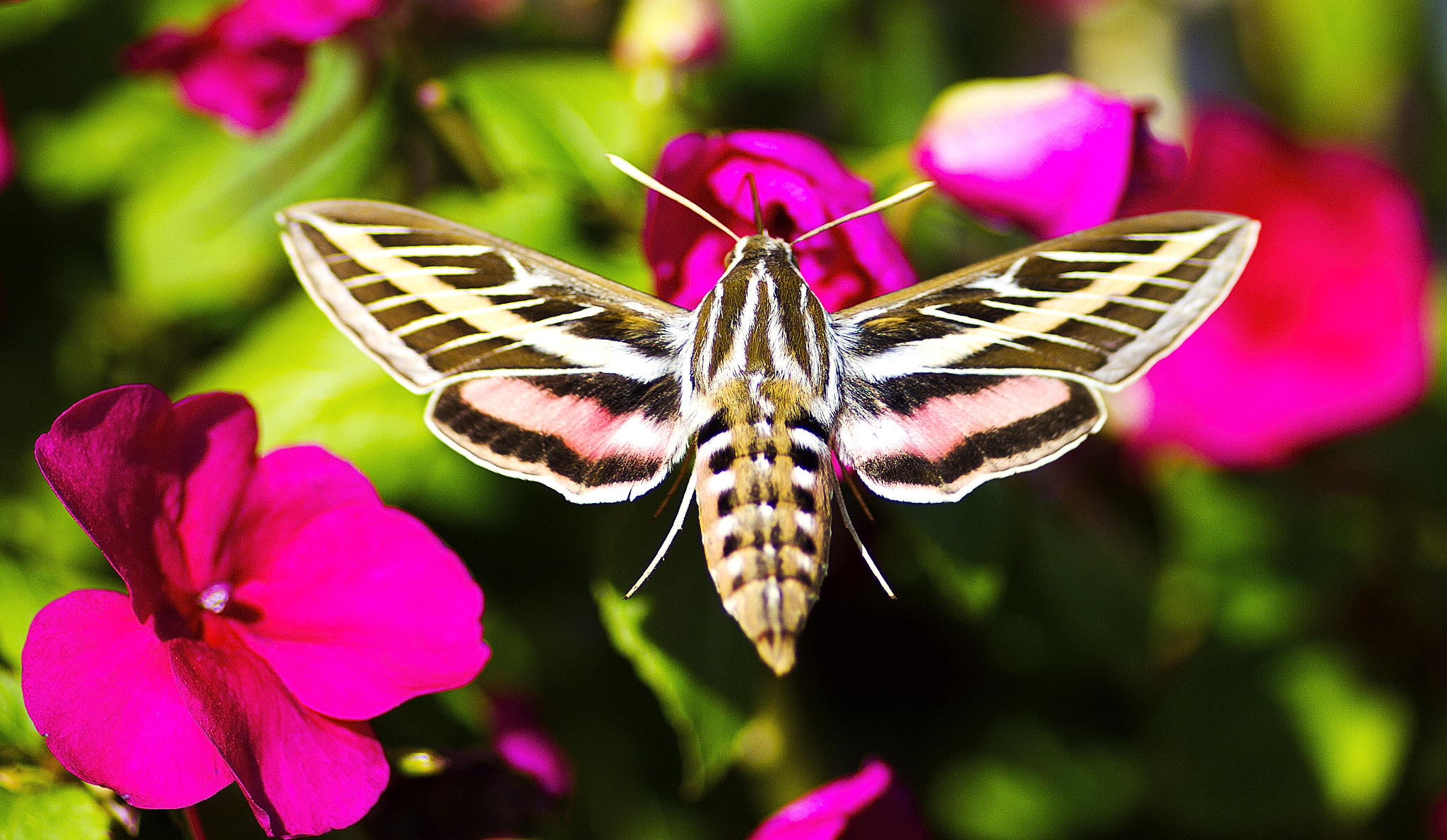
© Patrick Emerson / Flickr When you tell someone you are a birder, they can usually relate at least indirectly. When you mention mothing as one of your hobbies, however, you’re young to get some strange looks.
Mothing is on the fringes of natural history exploration, at least in the eyes of most people. But a growing set of nature enthusiasts, including Kelly Brenner, author of Nature Obscura, are championing the overlooked and underappreciated members of the Lepidoptera order. Ken Keffer explains how mothing is one of the easiest ways to appreciate nature in one’s own backyard.
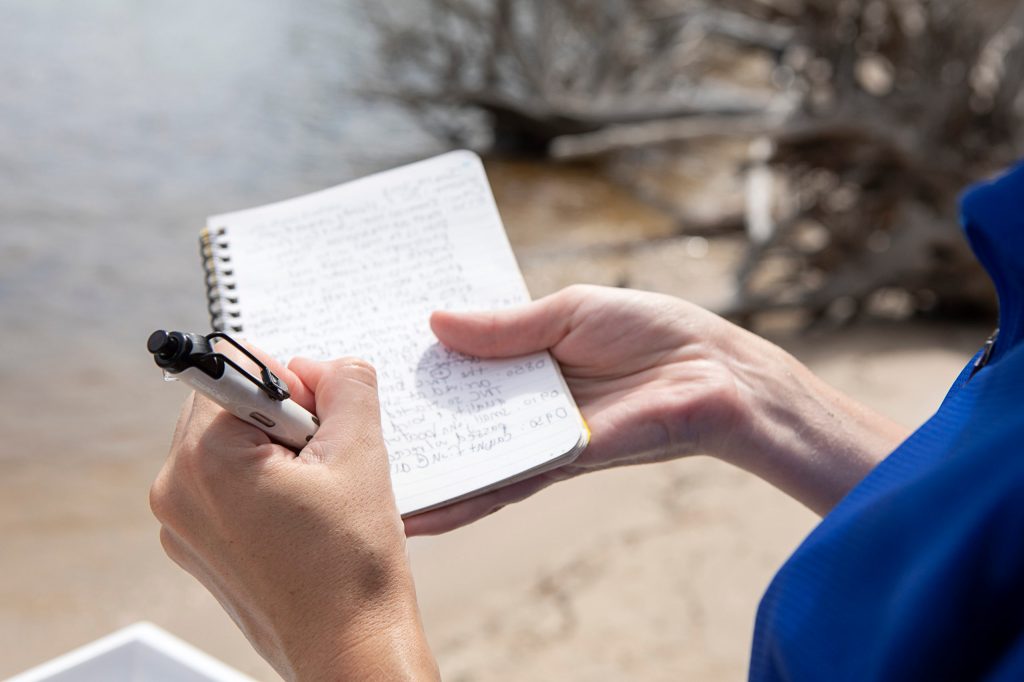



Congrats everyone on their awards for superior articles!
Allow me to add my congratulations to these deserving writers. I always look forward to the next installment of Cool Green Science!
Congratulations! I agree – love the topics and the writing that come to my mailbox.